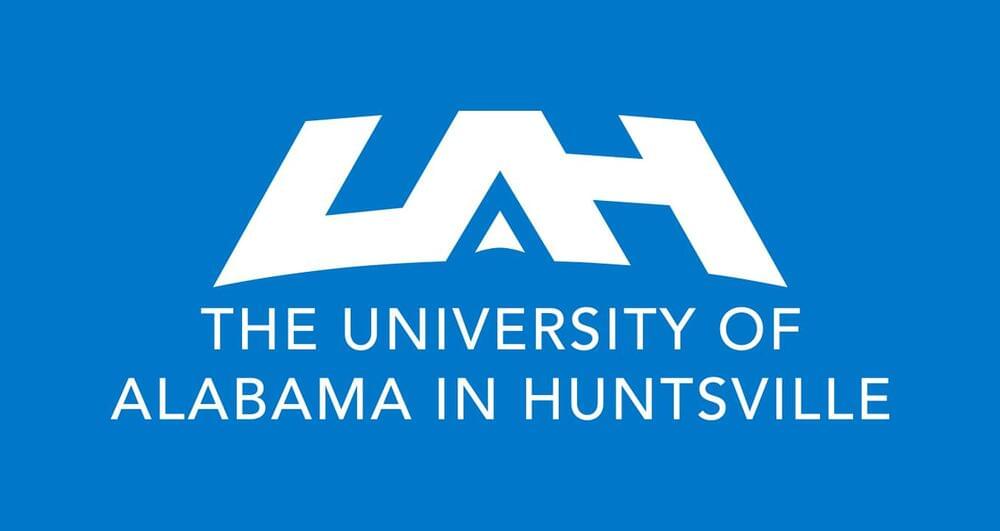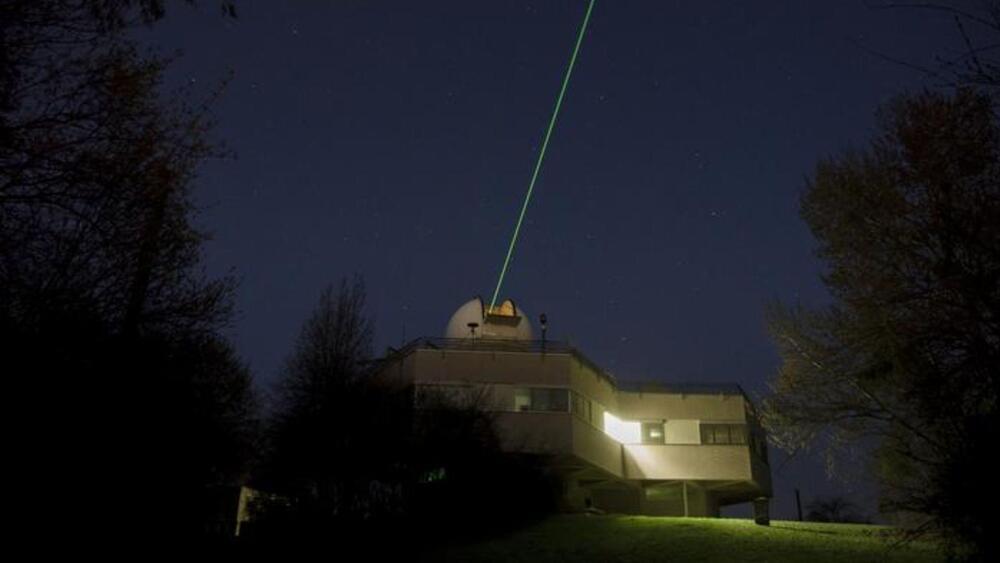In a world where choices seem endless, could it be that our ‘free will’ is nothing more than an illusion?
When it comes to things like choosing a morning run over an extra hour of sleep, opting for an apple instead of that enticing pint of ice cream, or quitting your job on a whim…
…What’s truly guiding these decisions? Is it willpower, biology, environment, or perhaps a unique strength of character we’ve built over time?
Or… could it be something else entirely, something beyond our control?
Here’s where our guest, Dr. Robert Sapolsky — a renowned Professor of Biology, Neurology and Neurosurgery at Stanford University — offers us a slightly unsettling, yet eye-opening, perspective.
He suggests that every decision we make — from the podcasts we tune into, to judges making a case verdict, to choosing our life partner — isn’t shaped by any sort of conscious control or free will. Instead, he believes our actions are driven by factors beyond our grasp and influence.







